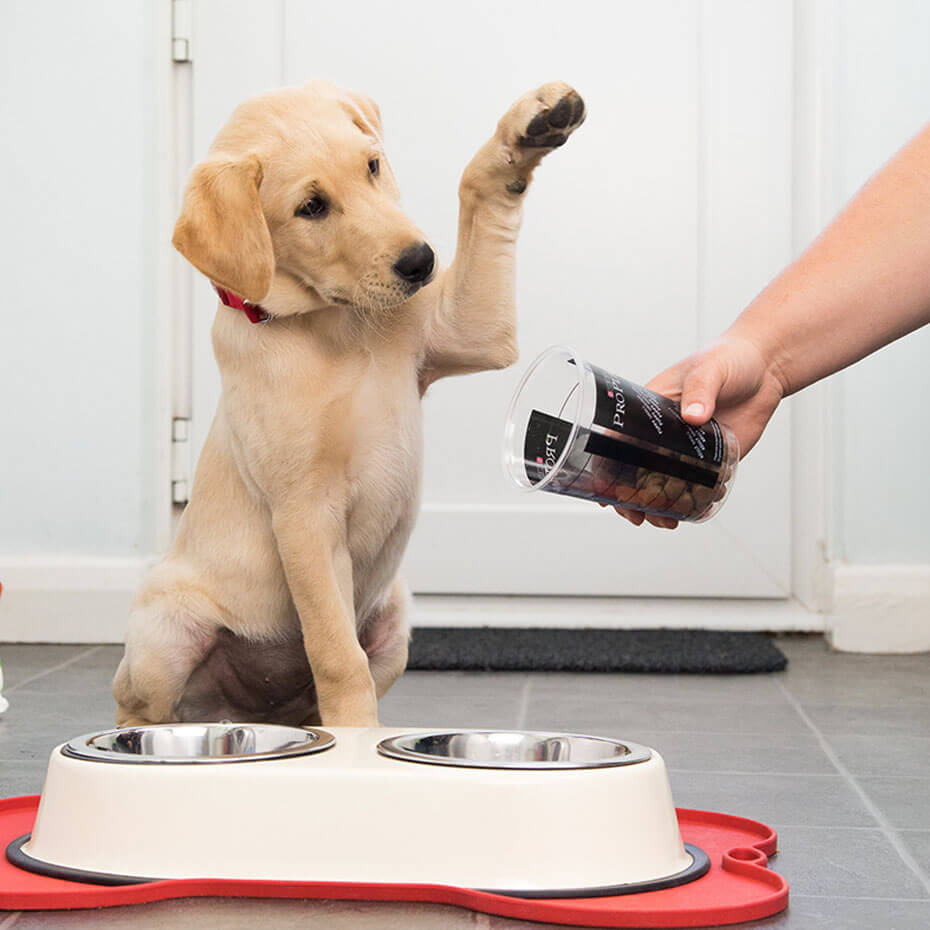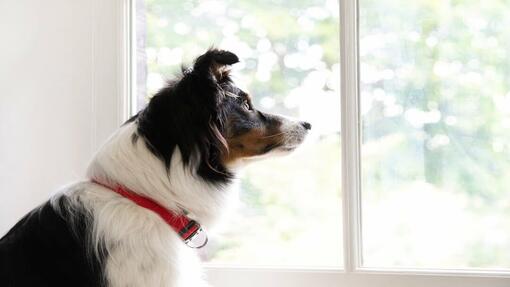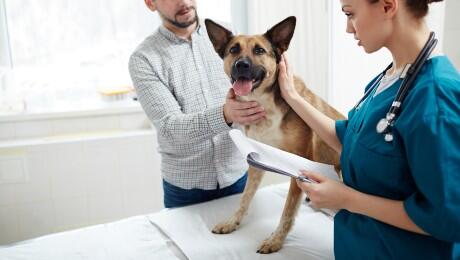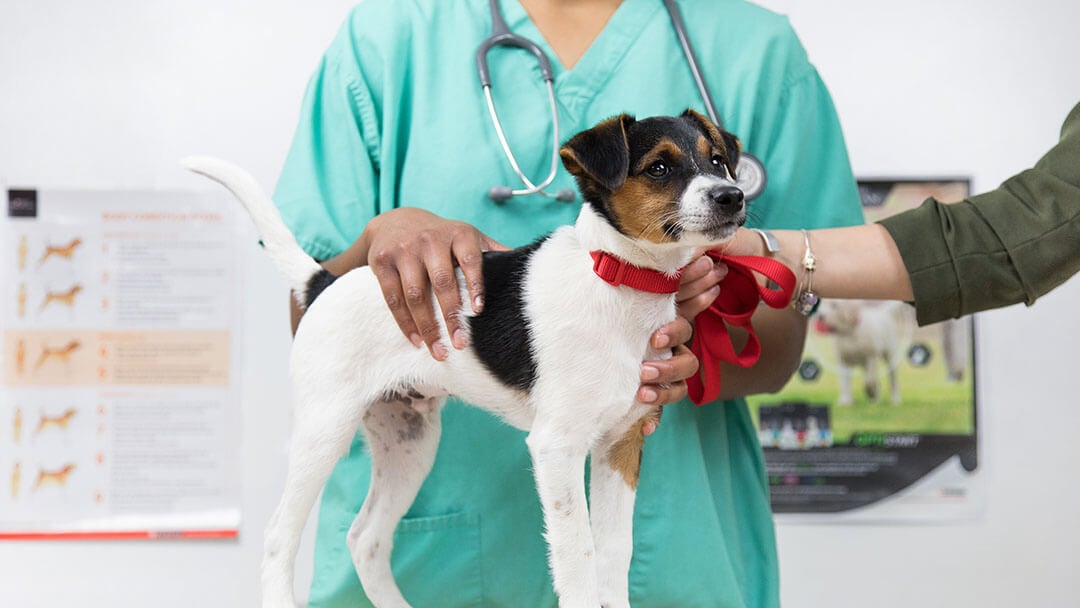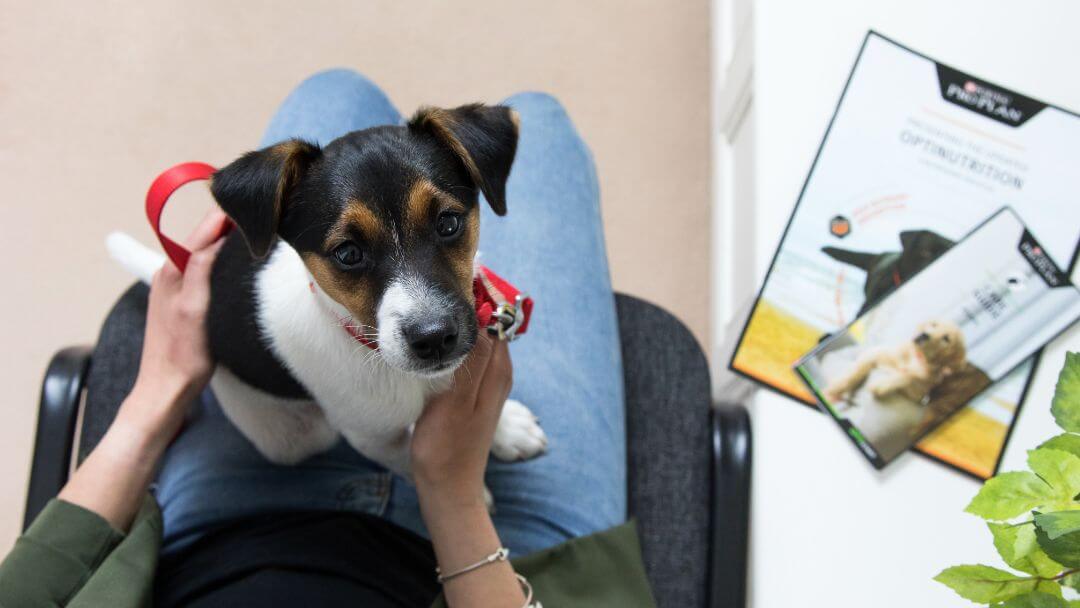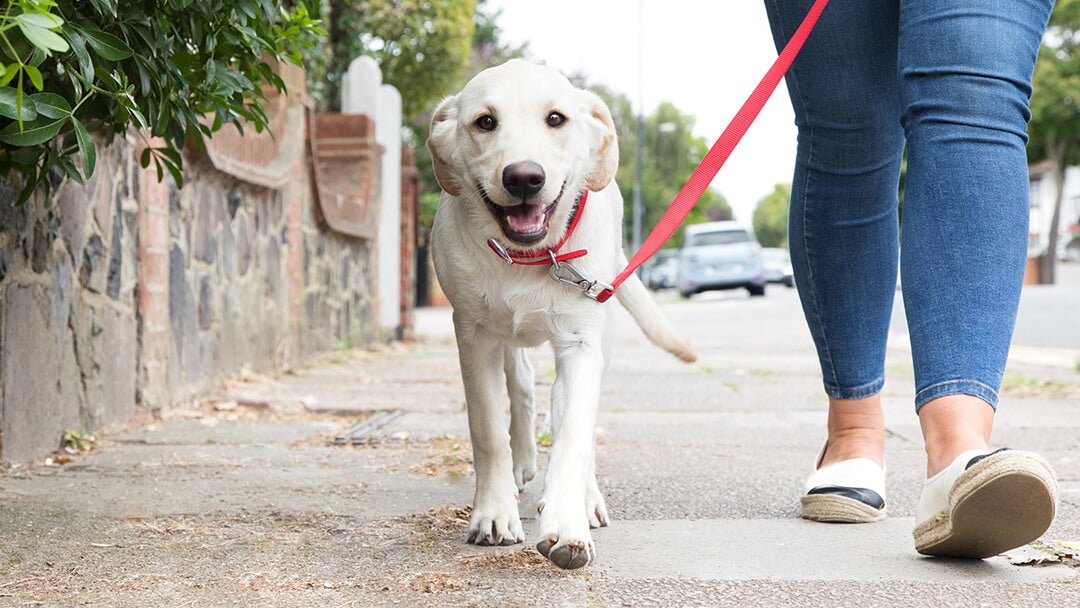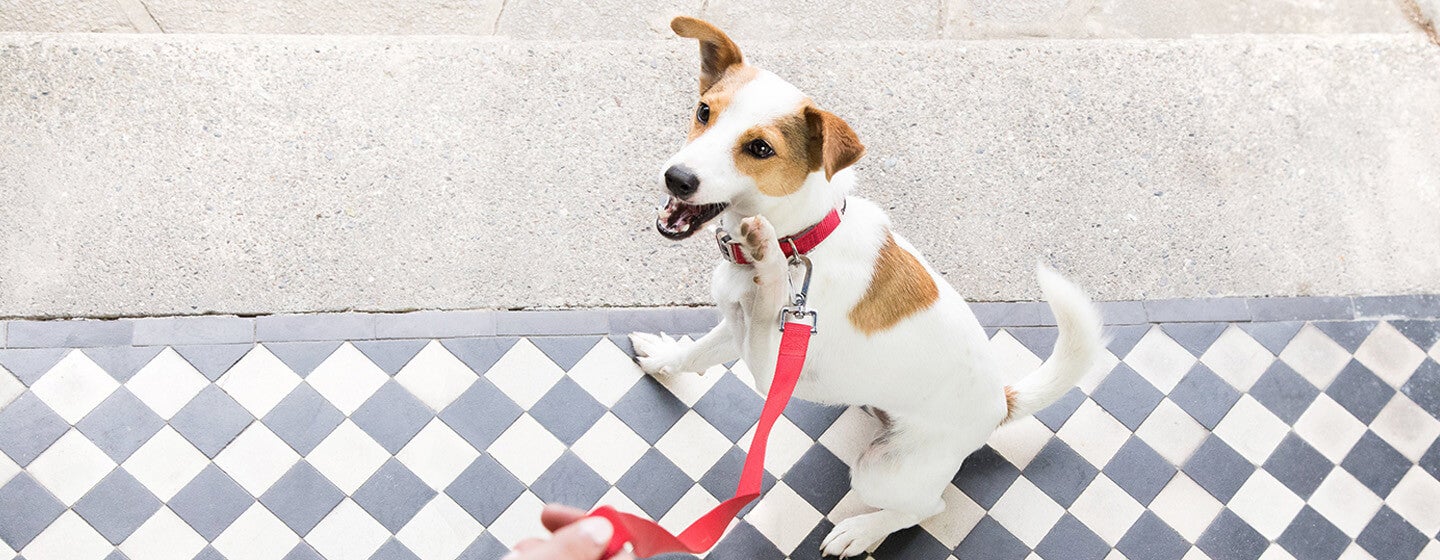

Your dog will always do their best to love and protect you, and you can do the same by having them microchipped. Microchipping dogs means that should they ever go missing, you are giving them the best chance of being found and safely returned to you as soon as possible – even if it is with a guilty look on their face and their tail between their legs!
There are many reasons your dog or puppy may go missing. They might get scared by another dog, a loud firework or rumble of thunder, or they may even become disoriented or distracted by a new environment – such as if you’re going on a new walk or have just moved house. If the worst happens and your dog gets lost, a microchip can help to ensure that they’re returned to you safe and sound.
Of course, you should still make sure that your dog’s wearing a collar with an ID tag with your contact details on, but sometimes these can get lost or removed. A dog or puppy microchip will always stay safely in place. If you’ve recently got a new puppy, you might be wondering about what to expect from puppy microchipping, keep reading to find out how much to microchip a dog and the current dog microchip laws.
What is a microchip?
A dog or puppy microchip is a tiny computer chip that’s about the size of a grain of rice that contains a unique code which corresponds with your pup’s details. The actual process of microchipping is relatively fast and simple and can help you reunite with your four-legged friend if they wander away from home. When your dog is found, a vet or animal shelter can scan the embedded microchip to find your details from the microchip database, then they’ll contact you to collect your pet.
How do microchips work?
When you make your appointment, your vet will talk you through the process of puppy microchipping. Then, once you’re happy to proceed, they will insert a tiny microchip – about the size of a large grain of rice – under your dog’s skin. The procedure only takes a matter of seconds and is relatively painless and the actual sensation is said to be similar to what we feel when we have our ears pierced. Once the dog microchip is in place, that’s it, your dog won’t even know it’s there!
The way microchips actually work is because of the unique 15-digit code, which is logged in a national database along with your details including your name, address and emergency telephone number.
It’s your responsibility to ensure that your records are kept updated if your details change or if you move address. You should be aware that usually the first change is free, then there’s likely to be an admin fee incurred after that, but it depends on your provider.
What happens when your dog is found?
If your furry friend does wander off one day and is lucky enough to be found by a kind stranger, all they have to do is hand your dog in to a rescue shelter or veterinary practice where the warden or vet will use a scanning device to check if your dog is microchipped. The scan won’t cause any additional stress to your dog and is completely pain free.
With a quick scan, they’ll be able to find your unique 15-digit code as well as details of the microchip database your dog is registered with. They’ll run through some security checks and, assuming all’s well, will provide the vet or warden with your contact details.
How much to microchip a dog?
Because of the huge benefit of being microchipped, the cost of placing the microchip is kept as low as possible, and most vet practices will place the chip for between R200 and R400 (prices accurate in 2022). In addition, shelters and companies often run special offers which make it even more affordable, and some shelters may place the microchip for free as part of the adoption cost. When you consider the pain of losing your furry friend, it is definitely a small price to pay!

